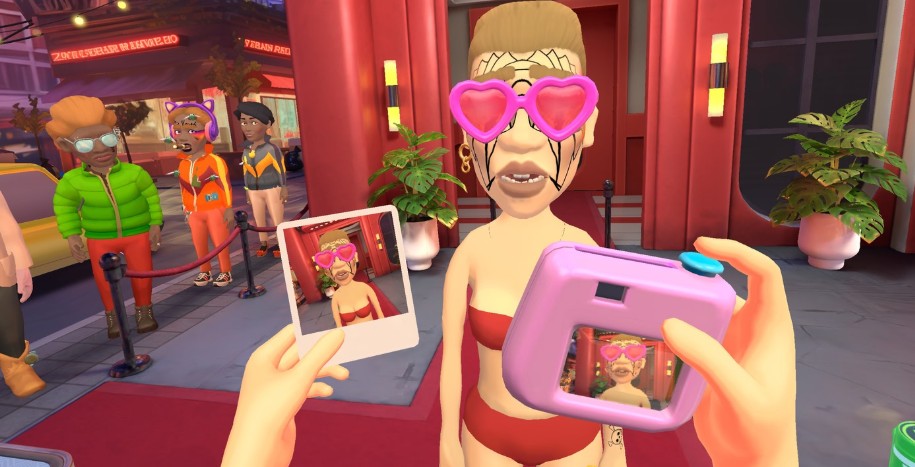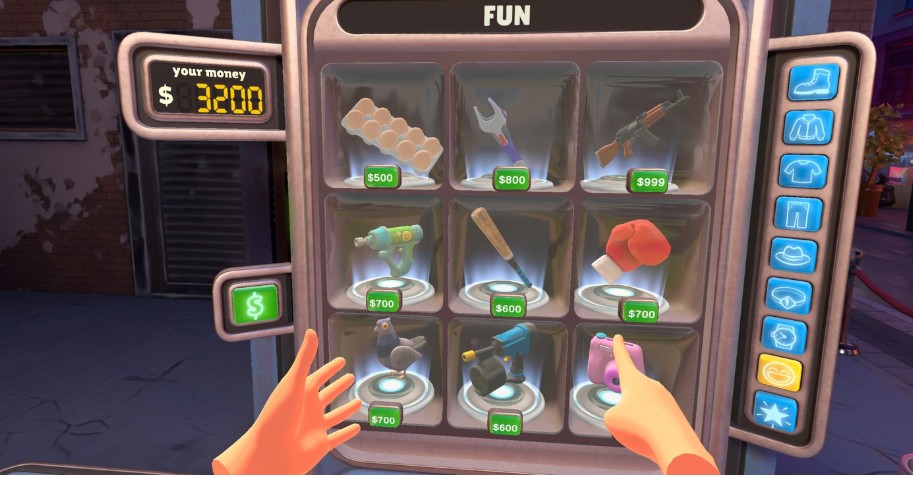Meta Quest headsets are now more accessible than ever-Prime Day 2025 saw record-low prices-flooding VR social spaces with new users. This surge transforms virtual clubs into bustling hubs, yet anonymity emboldens disruptive behavior. Your role as security isn’t just about blocking troublemakers; it’s architecting community trust where immersion intensifies both positive and negative encounters.
Introduction: Gatekeeping the Virtual Frontier
Consider Meta’s recent crackdown on unoriginal content: it mirrors the need for authentic interactions in VR venues. Poor screening risks toxic incidents that feel visceral in headset-like harassment during room-scale games-driving users away permanently. Meanwhile, Meta’s expansion into medical XR proves virtual spaces demand professional safety standards. Your vigilance directly impacts revenue and retention.

Unlike physical clubs, VR introduces unique challenges: alt-accounts, voice changers, and exploit loopholes. One unvetted guest can sabotage events or steal assets. Yet proactive screening creates competitive advantage-venues like Horizon thrive by prioritizing user safety over sheer traffic volume. This guide reveals how to transform from reactive enforcer to strategic community curator.
Advanced Screening Tactics: Filtering Threats in Immersive Spaces
The Prime Day 2025 headset discount floodgates demand layered defense strategies. Room-scale experiences like Unseen Diplomacy 2-where players physically navigate virtual espionage scenarios-amplify vulnerability. A troll invading your physical play perimeter during such immersion triggers visceral panic; it’s not pixels but perceived violation. Horror titles like Memoreum intensify this-delayed to October 2025 for polish-demonstrating how atmospheric tension crumbles when griefers sabotage carefully crafted dread. These emotional stakes necessitate behavioral pre-screening beyond basic age gates.

Meta’s medical XR expansion reveals a blueprint: their job listings for regulatory compliance specialists signal impending safety standards. Apply this proactively. Mandate two-step verification for VIP sections-mirroring medical device authentication-and flag users with inconsistent hardware signatures. Quest 3S models bought during Prime Day sales? Cross-reference purchase dates with incident reports. New accounts with expensive virtual fashion often indicate stolen assets or alt-profiles; demand proof of acquisition.
Voice changers crumble under acoustic analysis. Use free tools like Voicemod’s pitch detectors during entry interviews-abnormal vocal patterns (e.g., inconsistent resonance during stress questions) reveal disguised identities. Watch for avatar micro-expressions: genuine users blink or fidget; bots exhibit unnaturally smooth head movements. One Horizon club cut harassment by 70% after training AI to flag eye-contact avoidance during moderation chats.
Meta’s Facebook unoriginal content purge offers another lens. Treat recycled avatar designs like plagiarized posts-investigate users with generic Meta Store assets lacking customization. Genuine members modify clothing textures or add personal holographic badges. Implement dynamic probation zones: new arrivals enter observation lounges where interaction patterns get analyzed before accessing main stages. How long until they attempt to glitch through walls? Do they test boundary physics?

Horizon’s retention success stems from this forensic approach. Their moderators cross-examine social graphs-does this guest have established connections or float like a ghost? They deploy undercover staff as patrons during peak hours documenting movement anomalies. Real troublemakers teleport erratically; regulars follow traffic flows. Bonus tip: integrate Memoreum-style environmental storytelling into waiting areas. Hidden pressure plates triggering harmless jumpscares weed out impatient trolls instantly.
Conclusion: Elevating Security as Community Architecture
Prime Day 2025’s record-low Quest 3S prices-igniting mass headset adoption-demand that security evolves beyond reactive gatekeeping. Your screening protocols now architect the emotional foundation of VR communities. Memoreum’s delay to October 2025 proves immersion hinges on flawless environmental control; one breach shatters carefully crafted dread. Treat every entry decision as curating collective trust-where safety fuels engagement and spending.
Anticipate Meta’s medical XR regulatory standards by adopting their authentication rigor today. Mandate biometric checks for high-risk zones and cross-reference hardware purchase dates with behavioral logs-new Quest 3S owners from July sales warrant extra scrutiny. Collaborate with other venues: shared threat databases identifying repeat offenders using voice changers or recycled avatars create industry-wide shields. Update protocols quarterly-especially after major hardware sales.
Your vigilance directly converts to revenue. Horizon’s success demonstrates that users flock to spaces prioritizing psychological safety over raw capacity. Implement probation lounges observing movement anomalies-like erratic teleportation-before granting full access. Remember: screening isn’t obstruction; it’s competitive advantage. By filtering aggressively, you foster communities where creativity thrives, transforming security from cost center to retention engine. Start tomorrow: audit your verification layers and partner with medical XR compliance teams. The future of VR belongs to architects of trust.

